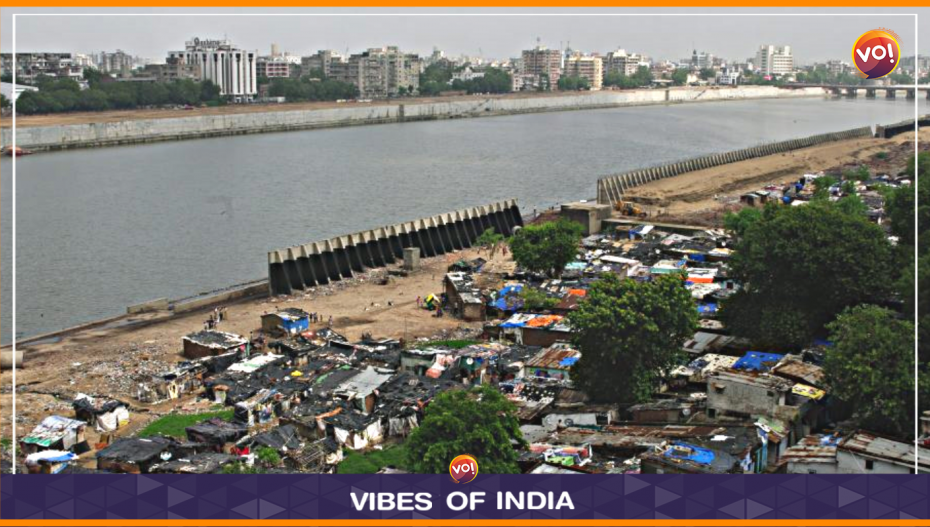Come summers and Amdavadis know that water supply woes are in store. Not only does the scorching heat play havoc with natural levels of the water table, rapid urbanisation is also responsible for the depleting reserves from harvested rainfall tanks.
Even today, 16 of the 33 districts including Ahmedabad are “water deficient” in terms of the demand to supply ratio. The same came to light during a recently concluded study. Titled, “Building Informed and Scalable Water Security Solutions for Gujarat,” it was carried out by Development Support Centre (DSC) and other NGOs to assess the groundwater, surface water, crop pattern and water quality among other parameters based on both primary and secondary data to estimate the demand-supply gap and the way forward.
According to Mohan Sharma, executive director, DSC, the study focussed on the demand outrunning the significant increase in supply. “Farming and dairy sectors have increased in many districts. For instance, in Banaskantha, Sabarkantha and Aravalli, while dairies have substantially increased, local resources remain the same. In some cases, we have farmers who draw excess water from the canals fearing irregular supply. In still others, there are farmers who dig up to 800 feet in search of water,” he explained, adding that over-exploitation in some blocks has affected water quality adversely, especially in terms of fluoride and iron.
Sachin Oza, project anchor, said that the need of the hour is to secure the future by ensuring that region-specific crops are grown in accordance with water availability and climate.
“We have recommended sowing millet varieties in Gujarat’s eastern tribal belt in the International Year of Millets since they consume less water. We have also recommended widespread formation of integrated water management committees or participatory groundwater committees under initiatives such as Atal Bhujal Yojana which is already active in several districts of the state,” he said, while informing of some dairies that are working towards reducing water consumption.
The team also stressed on the need to incentivize villages that utilize existing infrastructure such as check dams and wells by assuring timely maintenance.
Some of the crops the study recommended for its low water demand and relatively higher economic returns included castor, gram, cumin, brinjal, tomato, sesame, isabgol, coriander, urad, mustard, fennel, and okra in different regions. A majority of the millet varieties have relatively low water demand. However, the amount that can be produced in any given area of land is about six times lower than rice. This keeps many farmers away from cultivating the same.
Also Read: Naatu Naatu Bags Oscar For Best Original Song, The Elephant Whisperers For Best Docu













